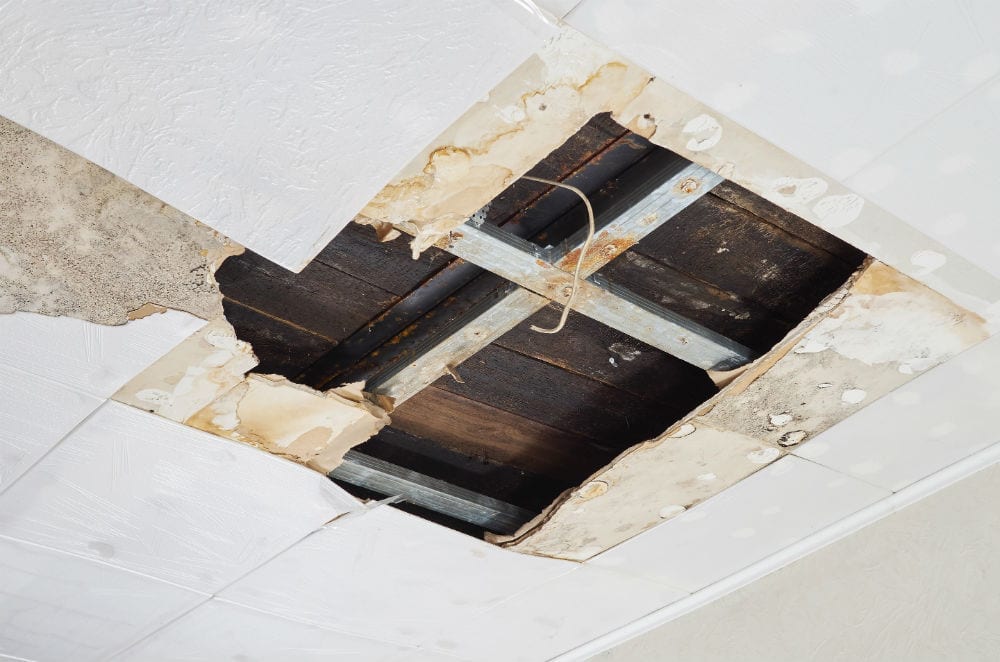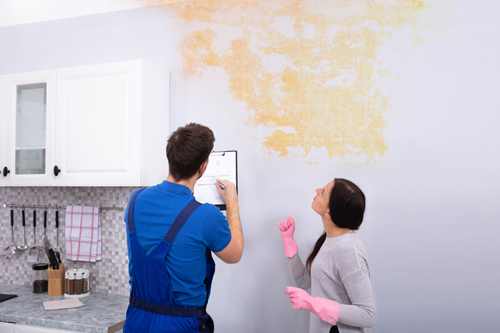Are you searching for suggestions around Reducing Your Risk Of Water And Fire Damage At Home?

Water gives life, however water invasion on some parts where it's not expected to be can result in damage and inconvenience. In addition, residences with water damages scent musty and also old.
Water can originate from lots of resources like tropical cyclones, floods, burst pipelines, leakages, as well as drain concerns. If you have water damages, it's much better to have a working knowledge of safety and security preventative measures. Right here are a few standards on exactly how to handle water damages.
Do Prioritize Residence Insurance Coverage Coverage
Seasonal water damages can come from floods, seasonal rainfalls, and wind. There is likewise an occurrence of an abrupt flooding, whether it came from a damaged pipe that suddenly breaks into your residence. To secure your home, get home insurance policy that covers both acts of God such as all-natural catastrophes, and emergency situations like broken plumbing.
Do Not Forget to Shut Off Utilities
When disaster strikes and also you're in a flood-prone location, turn off the major electrical circuit. Shutting off the power prevents
electric shocks when water comes in as water works as a conductor. Don't fail to remember to turn off the primary water line shutoff as a way to avoid even more damage.
If the floodwaters are getting high, keep your furniture secure as they can walk around and create added damage.
Do Remain Proactive and also Heed Weather Informs
Tornado floodings can be extremely uncertain. Stay prepared and aggressive at all times if you live in a location afflicted by floods. Listen to the information and also emptying warnings if you live near a body of water like a creek, lake, or river . Secure your belongings and crucial papers from the first stage as well as cellar, after that put them in a safe place as well as the highest feasible degree.
Don't Overlook the Roof
Your contractor must take treatment of the faulty seamless gutters or any various other signs of damages or weakening. An inspection will certainly prevent water from streaming down your wall surfaces and saturating your ceiling.
Do Focus On Tiny Leaks
A ruptured pipe doesn't occur in a vacuum cleaner or overnight. There are red flags that can attract your attention as well as show to you some weakened pipes in your house. Signs of red flags in your pipelines consist of bubbling paint, peeling off wallpaper, water streaks, water discolorations, or leaking audios behind the wall surfaces. There are signs that the pipe will certainly break. Don't wait for an acceleration if you see these indicators. Repair as well as check your plumbing fixed prior to it causes large damage to your home, financial resources, and also an individual headache.
Do Not Panic in Case of a Burst Pipe
Timing is key when it comes to water damages. If a pipeline bursts in your residence, instantly closed off your main water shutoff to cut off the source and also avoid even more damage. Call a trustworthy water damage repair specialist for help.
Water provides life, but water invasion on some components where it's not supposed to be can result in damage and also inconvenience. In enhancement, residences with water damage odor musty as well as old.
Seasonal water damages can come from floodings, seasonal rains, as well as wind. Indicators of red flags in your pipes include bubbling paint, peeling off wallpaper, water touches, water discolorations, or dripping noises behind the walls. If a pipe ruptureds in your residence, instantly shut off your primary water shutoff to reduce off the resource and avoid more damages.
Some Do's & Don't When Dealing with a Water Damage
DO:
- Make sure the water source has been eliminated. Contact a plumber if needed.
- Turn off circuit breakers supplying electricity to wet areas and unplug any electronics that are on wet carpet or surfaces
- Remove small furniture items
- Remove as much excess water as possible by mopping or blotting; Use WHITE towels to blot wet carpeting
- Wipe water from wooden furniture after removing anything on it
- Remove and prop up wet upholstery cushions for even drying (check for any bleeding)
- Pin up curtains or furniture skirts if needed
- Place aluminum foil, saucers or wood blocks between furniture legs and wet carpet
- Turn on air conditioning for maximum drying in winter and open windows in the summer
- Open any drawers and cabinets affected for complete drying but do not force them open
- Remove any valuable art objects or paintings to a safe, dry place
- Open any suitcases or luggage that may have been affected to dry, preferably in sunlight
- Hang any fur or leather goods to dry at room temperature
- Punch small holes in sagging ceilings to relieve trapped water (don't forget to place pans beneath!); however, if the ceiling is sagging extremely low, stay out of the room and we'll take care of it
DO NOT:
- Leave wet fabrics in place; dry them as soon as possible
- Leave books, magazines or any other colored items on wet carpets or floor
- Use your household vacuum to remove water
- Use TV's or other electronics/appliances while standing on wet carpets or floors; especially not on wet concrete floors
- Turn on ceiling fixtures if the ceiling is wet
- Turn your heat up, unless instructed otherwise

I was made aware of that editorial about Ways to Reduce The Risk Of Fire And Water Damage through a friend on another website. Sharing is caring. Helping people is fun. We value reading our article about Ways to Reduce The Risk Of Fire And Water Damage.
Comments on “Do's & Don'ts of Water Damage.”